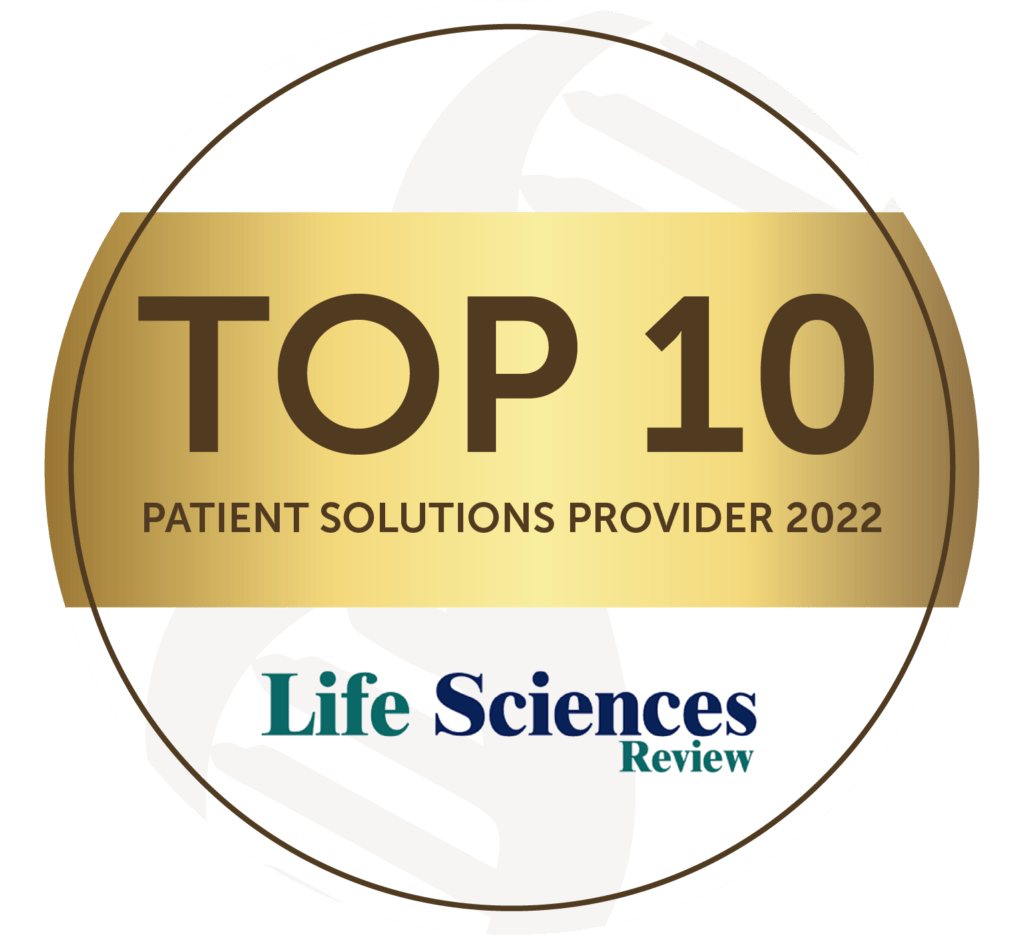It may come as no surprise that clinical trials are extremely difficult to fill. The results of a recent study showed that 11% of sites fail to enroll even one patient and 37% do not meet their enrollment goals. And these rates can increase when you look at clinical trials involving rare conditions, such as hyperhidrosis (excessive sweating). Although the disease is underreported and underdiagnosed, we’ve been able to successfully enroll several hyperhidrosis studies efficiently and cost effectively. In this post, we’ll provide 10 things that we learned recruiting patients for hyperhidrosis clinical trials, and how it applies to our overall patient recruitment approach.
1. Social media worked well
We found that social media advertising was very effective in recruiting patients with hyperhidrosis. With about 15.3 million people in the U.S. suffering from hyperhidrosis, we were able to reach this large demographic with targeted advertisements. Our ads relied on the visual aesthetics of the condition, and content was tailored accordingly to reach different audiences on the differing social platforms.
2. Patient advocacy groups were helpful
Partnering with patient advocacy groups (PAG) gave us an opportunity to reach a concentrated pool of potential patients through a trusted source. Since PAG’s, like the International Hyperhidrosis Society, offer a personalized or human perspective into the patient journey, they were able to communicate our message across a far-reaching network with patient-centricity at the core. Furthermore, PAG’s were crucial in bridging the gap in communication between the sponsor and the patient.
3. Animated illustrations we’re effective
Keeping up with content marketing trends, we learned that animated illustrations were very effective (increased engagement) in adult and adolescent advertisements. We attribute the success of animated illustration to their eye-catching nature, positive emotional appeal, and ability to communicate oftentimes complex medical information in a more compact, approachable manner.
4. Communicating safety was important for the adolescent population
It’s common for people to be hesitant about joining clinical trials due to a lack- or mis-understanding of how clinical research is conducted, especially among pediatric populations. Parents may be wary of allowing their children to partake in a clinical trial. That’s why we focused a lot of energy into clinical research education. We provided ample information on the IRB, described the safety procedures in place to protect the health of participants, and explained that patients would see health professionals who are educated in hyperhidrosis and the potential risks of participating.
5. Empathetic communication was key
We recognized the importance of connecting with hyperhidrosis patients on a human level and to build trust with the patient. We accomplished this via numerous avenues, including:
Demonstrating we understand their condition and how it affects their daily lives. Throughout our messaging, we emphasized the discomfort hyperhidrosis causes patients.
Avoiding medical jargon. By explaining steps and procedures in colloquial terms, we see an increase in engagement.
Sharing research site contact information with the patient. That way patients could take the initiative to talk with research site staff.
6. Hyperhidrosis patients are looking for treatment
Unfortunately, there aren’t many non-invasive or affordable treatments currently available on the market for hyperhidrosis patients. Millions of people are left without help dealing with a condition that can negatively impact their social and professional lifestyles, as well as thier mental and emotional health. As a result, we discovered that the demographic was overall very interested in participating in a clinical trial with a potential new topical treatment.
7. There are a lot of undiagnosed hyperhidrosis patients
8. The majority of people signing up for study were women in their 30’s
9. Hyperhidrosis is EXCESSIVE sweating
Prior to recruiting for clinical trials, we took the time to educate ourselves about the physical characteristics of hyperhidrosis and its effect on those suffering from the condition. We were surprised to learn that hyperhidrosis sufferers aren’t just dealing with a little bit of extra sweat compared to the average person. Their excessive sweating is extreme, causing them to change their clothes multiple times a day and carry around towels or tissues everywhere they go no matter what the temperature is.
10. Hyperhidrosis can impact anyone
There are several challenges when it comes to recruiting patients for lesser-known conditions like hyperhidrosis. We were able to overcome these challenges by applying our healthcare IT and marketing skills, becoming experts on hyperhidrosis and how it impacts those living with it, and constantly tinkering our approach along the way towards what was working best.




















